How to apply the power of Feng Shui to your home
Written by
29 October 2022
•
6 min read

Prior to the reign of the Qing dynasty, Feng Shui was known as Kan Yu and emerged in China more than 3000 years ago, when Chinese masters discovered different energy patterns could affect the human body and mind.
According to Jane Langof, internationally certified Feng Shui master and interior designer at Feng Shui Concepts, when people are aligned with positive influences they experience periods of good fortune, while stagnant or negative energy results in misfortune and obstacles. “From these observations came a defined set of rules, guidelines and calculations devised and tested, forming the basis of advanced Feng Shui, which was introduced to the west in the 1970s,” says Jane.

What is Feng Shui?
Jane explains that Feng Shui refers to the relationship between your environment and surroundings, and is considered to be the art of balancing elements in your surroundings to create an optimal energy flow. “The energy in your surroundings affects you mentally, physically and spiritually, your mood, psychology and luck,’ says Jane.
Feng Shui consultant and founder of Feng Shuiism, Wendy Grant, says the concept is often described as the art of placement, which is true, but it refers more to the placement of large items rather than trinkets and smaller objects.
“The notion focuses more on the placement of structures within the built environment, followed by the ‘when and where’ of where one positions oneself within the building, which is followed by the interior decor placement,” says Wendy. “This approach results in a dwelling that captures the best Qi paths and utilisation of optimum zones.” The key takeaway to remember about Feng Shui is that it isn’t an aesthetic, it’s a principle that can be applied to any home of any style, and isn’t based on superstition or religion.
Read now: Why you should embrace the wabi-sabi design philosophy
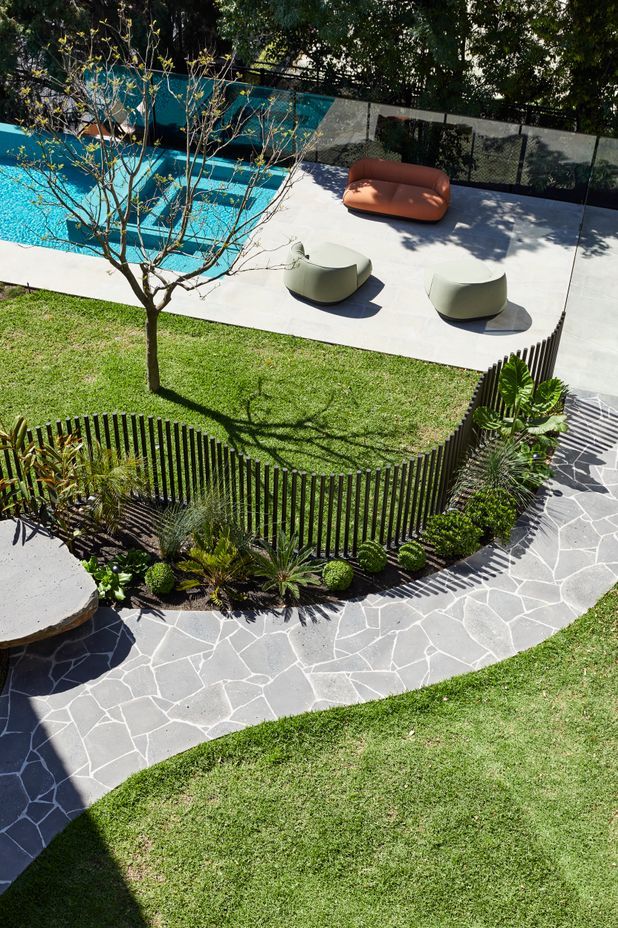
Key teachings of Feng Shui
Jane says one of the key teachings of Feng Shui is that every object and living thing vibrates at a different energy rate, and it’s believed the rate of vibration connects all things. It’s this belief that forms the theory that we attract our surroundings to us, and that our homes are a reflection of our lives to this point. Essentially, that we are exactly where we're meant to be, for the lessons we need to learn now.
“Significant changes in your home signify big shifts in energy, and those changes affect your mood, psychology and luck. It’s not just about things happening by chance, it’s how you’re inspired to think, feel and act,” says Jane.
She further explains that every home can be thought of as a map of energy that indicates how supportive your environment is of your finances, health and relationships. “This energy map is calculated by formulas based on the precise orientation of the building, the date of construction and the floor plan,” says Jane. “The job of a Feng Shui master is to maximise the positive energy in a home while minimising the impact of negative energy.”
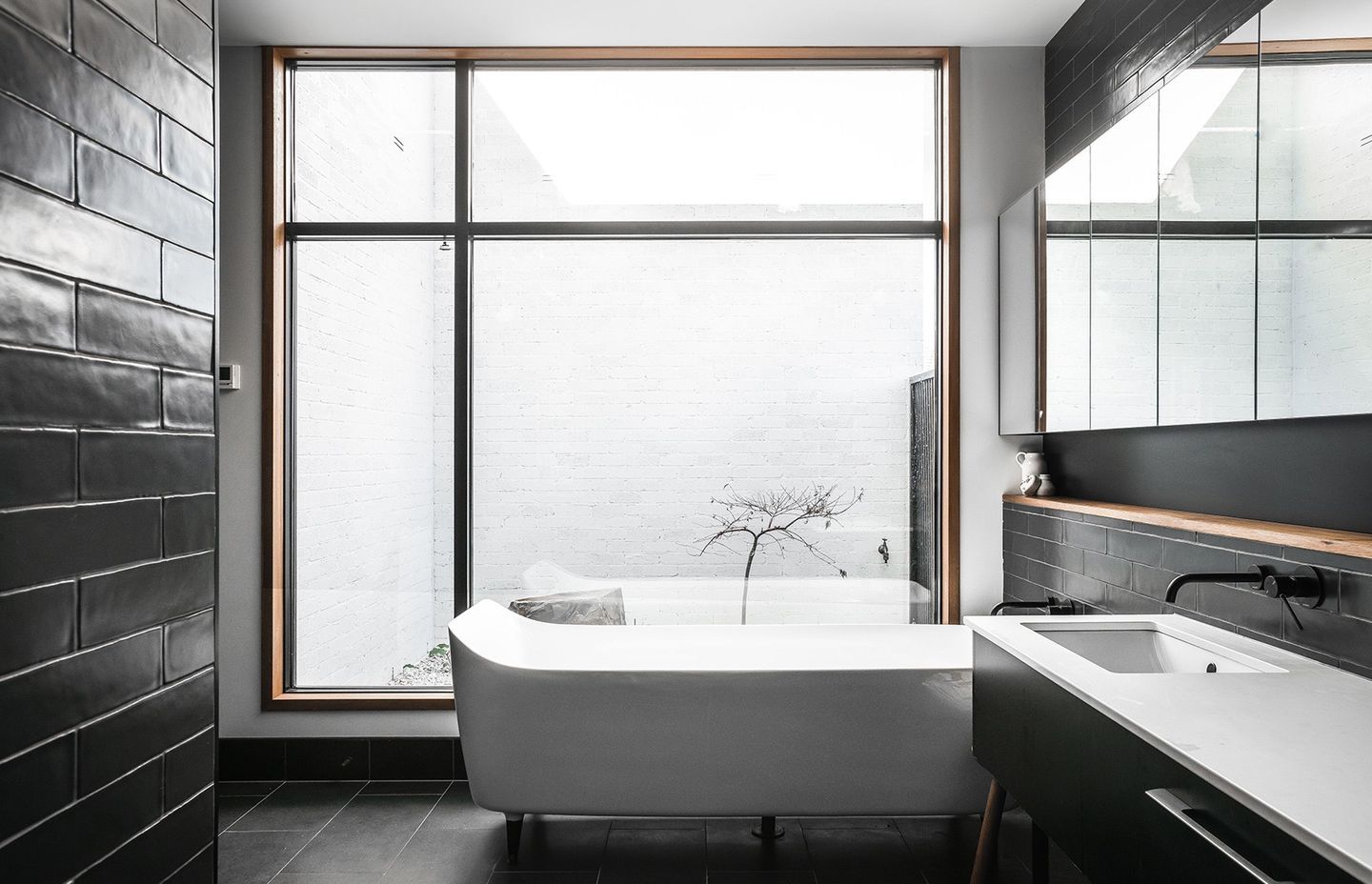
When should feng shui be incorporated into home design?
Due to the oversimplified understanding of Feng Shui in western societies, it is often overlooked during the construction of a building then added on as an afterthought at the close of a project. However, Wendy explains that Feng Shui should be incorporated into your home at the design and construction stage.
“Otherwise, the sectors of a dwelling deemed most auspicious through the Feng Shui lens can’t be utilised effectively. Wherever one dwells or lingers most is where the influence of Feng Shui will manifest,” says Wendy. “In residential dwellings, the bedroom is therefore a key sector as we spend over eight hours per night in our bedrooms. A good Feng Shui consultant will always aim to position occupants in the best orientation.”
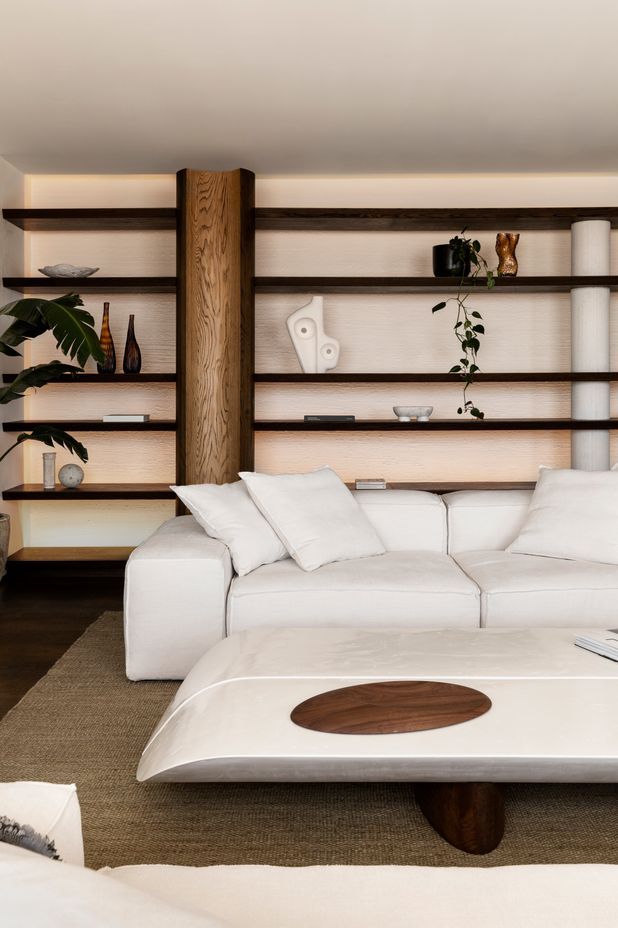
How the five elements of Feng Shui influence floorplan and interior design
Both experts agree that the five elements of Feng Shui are fire, earth, water, metal and wood and that each of the elements relate to a specific colour, material and shape which are used to enhance positive energy and reduce negative influences. These elements are applied to every aspect of your home and decoration, from the exterior environment and interior floorplan to the building materials, colour scheme, fixtures and fittings.
“For example, an eye-popping artwork will influence outcomes depending on its elemental classification. If a room requires a fire element, and the artwork fills that need, the artwork itself will act as a harmonising and balancing influence on the space,” says Wendy. However, she advises you must engage a Feng Shui consultant who thoroughly understands the elements as applying the wrong element to a space can negatively affect the Feng Shui of your home.
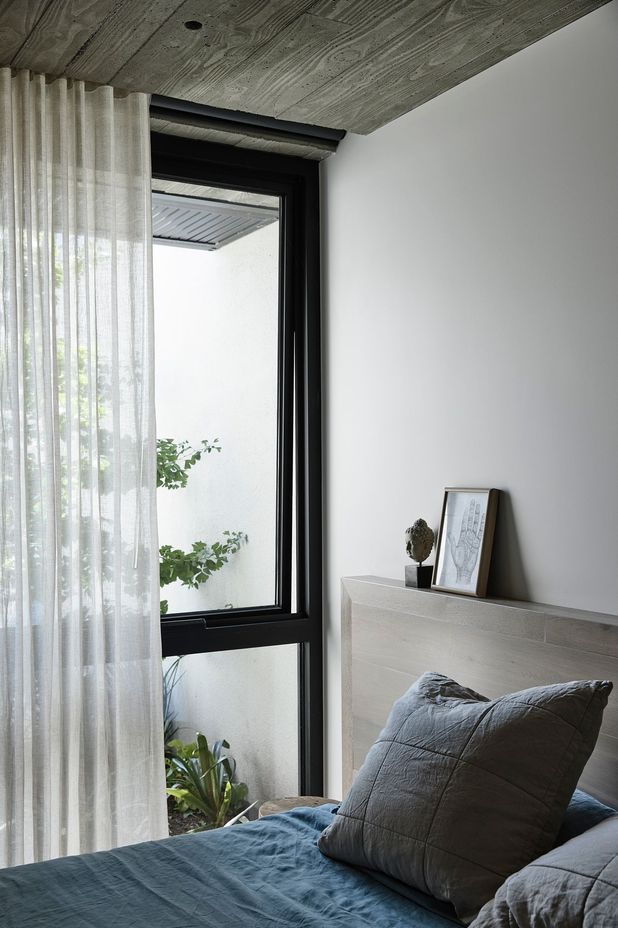
Feng Shui rules that can be applied to any household
Jane has a list of basic guidelines that will amplify the positive Feng Shui of your home.
Protection and support
Feng Shui requires a home to provide support and protection. This can be achieved by planting trees or hedges behind your home and positioning a solid wall behind yourself when you sit or sleep. These arrangements reflect support and protection from family, friends and superiors at work.
Flow
Energy in your home should meander through the space rather than flow quickly via straight lines. Long corridors are to be avoided and curves are preferred over sharp corners.
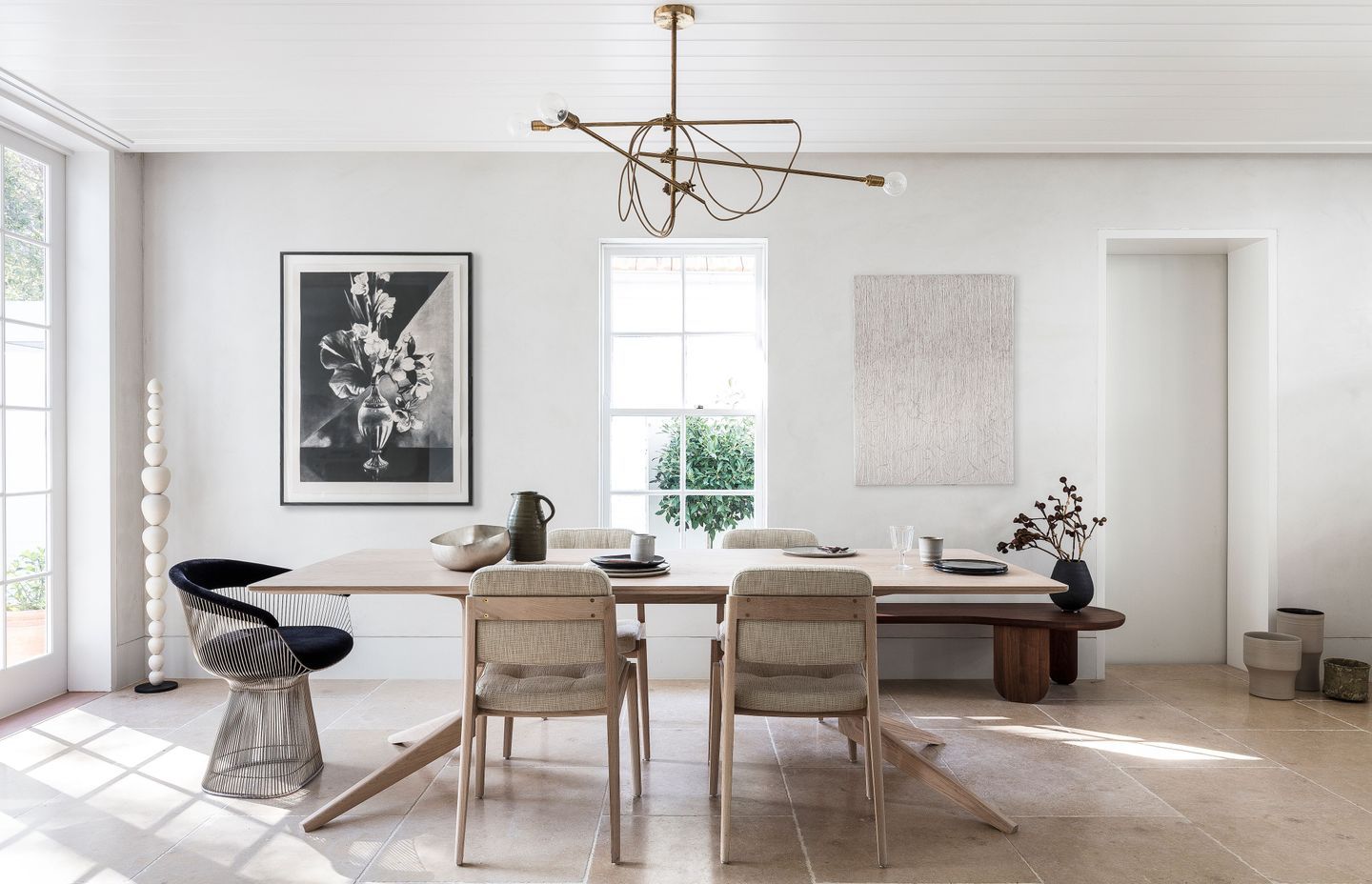
Yin and yang
Yin and yang represents the duality in nature, how things function in relation to one another and the state of balance or harmony. In a home this may be reflected by balancing hard surfaces with soft materials. “We consider yin and yang when determining the layouts of a home. Darker areas of the house are more yin and best suited to peaceful bedrooms rather than active living spaces,” says Jane.
Minimise clutter
Jane says clutter is the enemy of Feng Shui as it creates obstacles, leaves little room for new opportunities, represents stagnant energy and insecurity about the future. “Clearing clutter releases a great deal of energy and getting rid of things that have no significance will help you to feel lighter and revitalised,” says Jane. “Displaying unwanted gifts and items you dislike around the home will bring about unfavourable energy.”
Learn more about interior design and architectural techniques on ArchiPro.